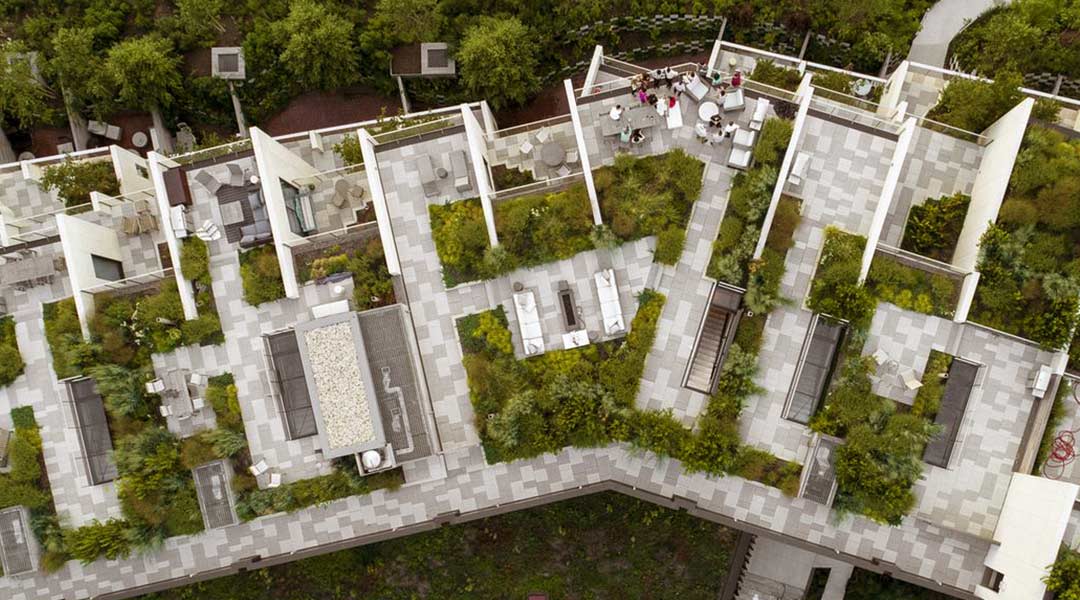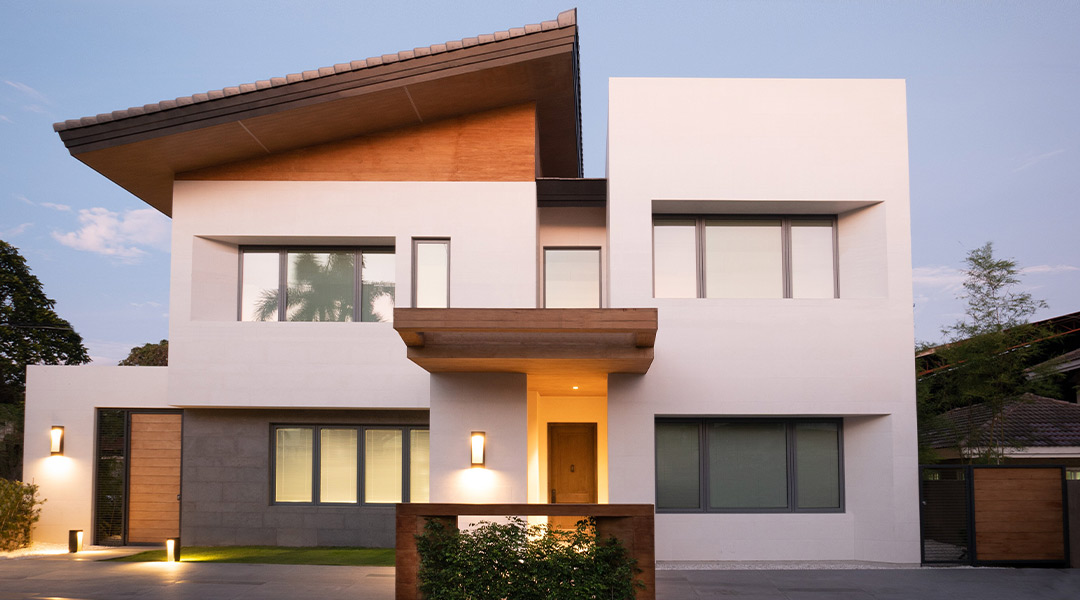
Staying Updated with the Latest Construction Trends
There are a lot of new technologies developed in the past years that have undeniably increased efficiency in construction all over the world. From exosuits used by laborers to increase their strength and mobility at work to protective eyewear that can show metrics while working, it is clear that technology is shifting manual labor into mechanical work. Unfortunately, the majority of these technological advancements have yet to be accessible to our country, but there are still some very useful ones that are already being utilized by contractors and should be given more light so that those who don’t use them at least know about them. Here is a list of the top three new construction methodologies that you can look into when working in Philippine construction in this day and age.

1. Augmented Reality
Augmented Reality is something that you can liken to BIM (Building Information Modeling) which makes use of technology to model the building in 3D. Having this 3-dimensional model makes it easier to foresee conflicts between trades while also simplifying any architectural or structural changes with a click of a mouse. The edge that AR (Augmented Reality) has over BIM is that it can also simulate the surrounding area of the project as well as safety training for hazardous situations on site. Given that the pandemic makes it hard for our inspectors and clients to be on-site as much as they used to be, this gives contractors the ability to communicate issues and concerns in real-time with an accurate visualization of the progress being done at the said project. AR not only allows clients to see their project through a screen but also has the option to allow them to actually walk through the project in virtual reality with the use of 360 goggles. The tech itself might be quite pricey but it certainly beats holding an Ipad around the site while touring your clients and inspectors via Zoom and it also opens up your clients to have more thorough comments on whatever works are being completed on-site.

2. Construction Drones
This construction trend has been buzzing for quite a while now and it is backed up by the 239% increase in its usage at construction sites in the past year. These drones, for now, are no different than the ones being used by influencers to take their long-span beach snippets or any other advisements that they film. The difference is the purpose at which it is being used. There is no denying that it is great for getting photographs at angles that used to be impossible to take and that is why it has become such a commodity in the construction industry. The ability to show clients and prospects videos and pictures of their buildings being built from a bird’s-eye view is certainly enticing but the current talks on how developers plan to improve the drones for construction use is where the gold will be in the years to come. The AI for the upgrade is still being worked on but once it passes all its tests, we will be seeing drones that will be able to identify construction equipment and workers to also gather construction progress and contribute to project monitoring while still giving us those magnificent aerial shots.

3. Green Construction
This trend has slowly been gaining momentum in the past decade. A perfect example of a recent application of this is the YY house in Cebu. Its popularity would have skyrocketed by now if it wasn’t for its main issue, which is the availability and accessibility of green construction materials.
Luckily, like how all these technologies shift manual labor to mechanical, the focus on traditional construction is also shifting to self-sustaining builds making these materials more affordable over time. People are slowly seeing the importance of having a structure that can take care of itself versus having to repair it or retrofit it every 5 to 10 years. With the use of technologies like self-healing concrete, solar panels, and the like in commercial and residential projects, you lessen the amount of maintenance work and back jobs that you have for these projects. This is a big plus because it also lessens face-to-face interaction with the families who live in these homes and the workers who come and do the repairs. It is surely still an investment considering the cost implications but given the savings you can have in terms of energy consumption and repairs, all you need to count is the number of years before your savings return your investment which would translate to profit in the years beyond that.

Photo courtesy of FMK3 Architects

When unprecedented problems come about, innovation becomes key to providing an equally unprecedented solution. These technologies are far from perfect, but the fact that it is being developed the way it is makes it promising to integrate into how projects are modeled, constructed, and monitored. Early adopters always gain the most from new technologies so let’s make sure we are not behind in identifying which trends will profit our industry in the decades to come.


